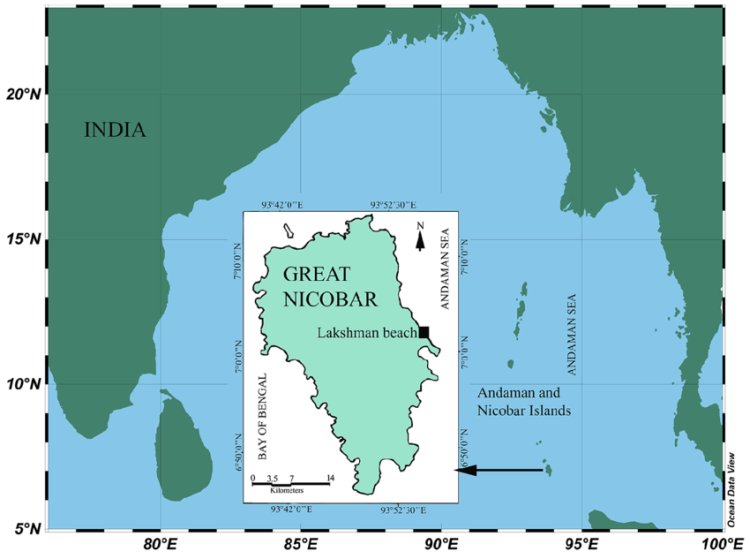The Great Nicobar Island Project: The New Lynchpin of India’s Act East Policy

A Controversial but Strategic Development-
The Great Nicobar Island Project (GNIP) has become the focal point of national debate after Congress leader Sonia Gandhi criticized it in an op-ed for The Hindu, arguing that it poses serious environmental threats. Her remarks prompted strong rebuttals from the ruling Bharatiya Janata Party (BJP), which defended the project as a cornerstone of India’s geostrategic ambitions in the Indo-Pacific region.
While ecological concerns dominate public discourse, analysts note that critics often overlook the project’s strategic importance under India’s Act East Policy a framework designed to deepen ties with ASEAN and strengthen India’s influence in the eastern Indian Ocean.
From the Look East to the Act East Policy-
Originally conceived as the Look East Policy in the 1990s, India’s outreach toward Southeast Asia was rebranded as the Act East Policy in 2014 by Prime Minister Narendra Modi to underscore a more proactive approach.
Although the India–Myanmar–Thailand Trilateral Highway was initially envisioned as the flagship of this policy, its progress has slowed due to Myanmar’s ongoing civil conflict. Consequently, the Great Nicobar Island Project is emerging as the new lynchpin of India’s strategic engagement with the East.
Why the Great Nicobar Island Project Matters-
As analyst Savitri Mumukshu observed “By developing Great Nicobar into a deep-sea port, airport, and military hub, India gains a vital strategic foothold just 160 km from the Malacca Strait, a critical chokepoint through which 80% of China’s oil imports and 40% of global trade pass.”
The island’s location gives India the ability to:
-
Monitor maritime traffic across the eastern Indian Ocean,
-
Project naval and air power along vital shipping lanes, and
-
Enhance strategic deterrence against potential regional threats.
This positions Great Nicobar as not merely an economic development initiative, but a dual-use strategic asset in India’s maritime security calculus.
A Hyper-Realist Foreign Policy-
India’s foreign policy under External Affairs Minister S. Jaishankar has evolved into what many analysts term “Hyper-Realism.” Unlike the diplomatic ambiguity practiced by many nations, India’s approach openly articulates its national interests and pursues them transparently.
The GNIP exemplifies this doctrine an economic and strategic counterbalance to China’s growing regional influence. Even amid signs of Sino-Indian rapprochement, both nations remain cautious competitors, each seeking to consolidate influence without direct confrontation.
Balancing Environmental and Strategic Interests-
While legitimate concerns exist about ecological impact and tribal displacement, framing the GNIP solely as an environmental issue risks obscuring its grand strategic value. The project underscores India’s intent to act as the “guardian of the Indian Ocean”, ensuring maritime stability in a multipolar world.
As the global system transitions away from unipolarity, such initiatives reflect India’s effort to assert independent strategic agency not to threaten others, but to shape a stable balance of power in Asia.
Related Resources:
https://mea.gov.in/aseanindia/overview.htm























